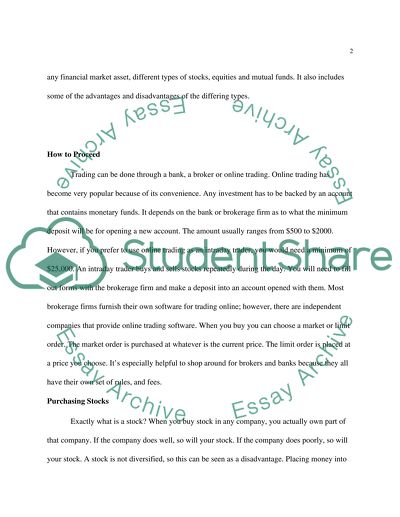Cite this document
(A Comprehensive Study of the Major Asset Classes Term Paper, n.d.)
A Comprehensive Study of the Major Asset Classes Term Paper. Retrieved from https://studentshare.org/macro-microeconomics/1438531-comprehensive-study-of-the-major-asset-classes
A Comprehensive Study of the Major Asset Classes Term Paper. Retrieved from https://studentshare.org/macro-microeconomics/1438531-comprehensive-study-of-the-major-asset-classes
(A Comprehensive Study of the Major Asset Classes Term Paper)
A Comprehensive Study of the Major Asset Classes Term Paper. https://studentshare.org/macro-microeconomics/1438531-comprehensive-study-of-the-major-asset-classes.
A Comprehensive Study of the Major Asset Classes Term Paper. https://studentshare.org/macro-microeconomics/1438531-comprehensive-study-of-the-major-asset-classes.
“A Comprehensive Study of the Major Asset Classes Term Paper”, n.d. https://studentshare.org/macro-microeconomics/1438531-comprehensive-study-of-the-major-asset-classes.


